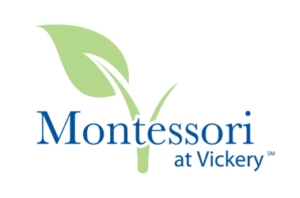Montessori Primer: Applying Montessori Principles at Home, Part 4
Today, we conclude our look at 8 principles of Montessori education and how they can be applied in the home, as explored in Angeline Lillard’s book, Montessori: The Science Behind the Genius. In our last three posts, we discussed Movement and Cognition, Interest, Choice, Avoidance of Extrinsic Rewards, and Interaction with and Learning from Peers. Today we conclude by examining the final three principles, Learning in Context, Communication, and Order the Environment and Mind.
Learning in Context
“Education is a natural process carried out by the child and is not acquired by listening to words but by experiences in the environment.” – Maria Montessori
Create a meal from scratch, or make ice cream from a recipe
Visit a museum – bring a sketch pad and colored pencils and have the child create their own art
Spend time in the garden studying bugs, flowers, and listening to the sounds of peace and quiet
Allow your child to have their own shopping list at the grocery store – have them record their prices and add their total
Communication
“If we could say, ‘We are respectful and courteous in our dealing with children, we treat them as we should like to be treated ourselves,’’ we should have mastered a great educational principle and be setting an example of good education.” – Maria Montessori
Have family meetings – discuss family expectations regarding behavior and academics
Create chore lists together where each person chooses their assigned chore(s)
Create an annual family newsletter
Involve your child in rearranging their bedroom or playroom
Do things you wouldn’t normally do or do not like to do – children need to see that you are flexible and willing to do new things or do things you do not like to do
Order the Environment and Mind
“The first aim of the prepared environment is, as far as it is possible, to render the growing child independent of the adult.” – Maria Montessori, The Secret of Childhood, 1966
Adopt the “ten minute tidy” to end of the day
Keep the environment clear of clutter
Have child’s belongings displayed on low shelves and not in toy boxes
Join us on Wednesday as we continue our Montessori primer!



